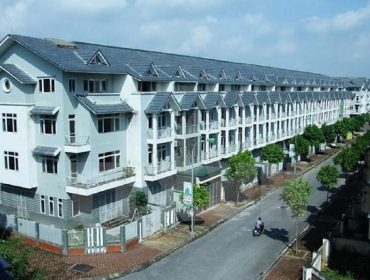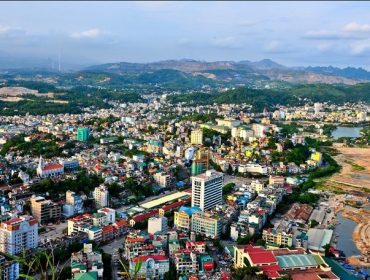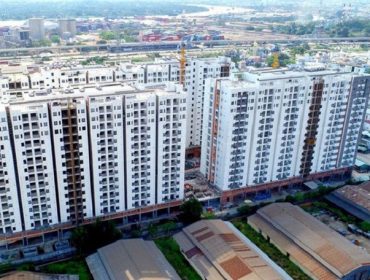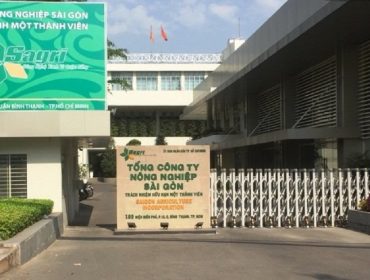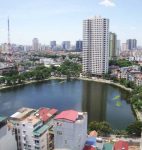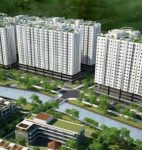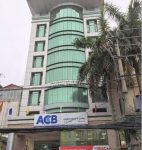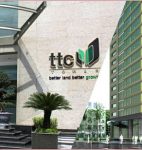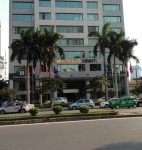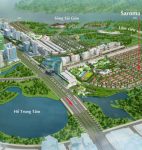Hotline:
(+84) 898 898 688Confused Tangle Of Land Use Fees
Many investors complain that the land use fee is too high, the project gives non-benefit or a few benefits. But also many projects have a temporary land use fee at the time of land allocation is very low.
In the first quarter of 2017, the Government Inspectorate has announced the inspection conclusions in the field of taxation at the Ministry of Finance, the General Department of Taxation and the Hanoi Taxation Department. Particularly in Hanoi, the Government Inspectorate has discovered many projects which have been allocated land, but have not determined the used money.
Many projects have been allocated land dozens of years ago but land use fees have not yet been determined, so investors have no grounds to pay. Considering the regulations on how to calculate land use at that time and now, the difference is quite large, especially in the context of real estate market is in the current cycle.
Read more: Apartment for Sale in Ho Chi Minh City
For example, in the case of Bemes high-class apartment building and commercial building (Kien Hung, Ha Dong), land will be allocated from 2013 with a temporary land use fee of $3 million. When the Inspectorate comes into being, the project has been already built, sold and handed over.

Market of the project
The inspectorate also pointed out a number of prime sites in Hanoi, with an area ranging from a few thousand to several tens of thousands of square meters without land use fees. Land use only hundred thousand dollars, such as Dolphin Plaza project (Nam Tu Liem district, Hanoi).
However, the slow identification of land use fees is not necessarily the fault of the owner. This is the authority of the state management agencies. Persons who are obliged to pay land use fees may only be able to fulfill their obligations upon receipt of the notice of payment of land use fees. Except for some cases due to subjective reasons from the owner, the determination of land use fees is prolonged should be considered from the state management agencies.
Ho Anh Khoa, Law Firm BASICO said that according to Circular No. 76/2014 / TT-BTC guiding some articles of Decree No. 45/2014 / ND-CP. For the collection of land use levies, economic organizations, households and individuals assigned land by the State with the collection of land use levies shall not be subject to auction, the payable land use levy shall be determined. It is equal to the land price used for calculation of land use levies according to the land use purpose assigned at the time of issuance of the land allocation decision multiplied (x) with the land area subject to land use levy payment.
But the problem is that the method of determining the land price used to calculate land use fees is not clearly defined and must be approved by the Land Evaluation Council. Land prices for land use levies are not fixed, whichever the case is. Land prices are then used as the basis for the selection of the method.
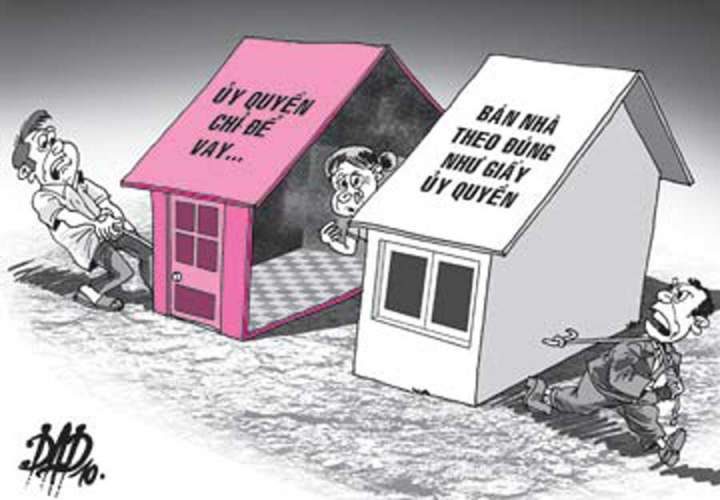

Land use right
Khoa analyzed further that if the area for calculating land use levies for a land plot or land area is $1.32 million or more (based on the land price in the land price index), for centrally-run cities; $440 000 or more for mountainous and highland provinces; from $880 000 or more for the remaining provinces, the land price for land use levy calculation shall be the specific land price decided by the provincial-level People’s Committee by direct comparison, deduction and income methods, surplus stipulated in the Decree of the Government on land prices.
In cases where the above-mentioned prices are equal to the land prices set by the provincial-level People’s Committees in the land price index multiplied by the coefficient of land price adjustment. The coefficient of land price adjustment promulgated by the provincial People’s Committee every year after consultation with the standing body of the People’s Council of the same level.
“Thus, it is not necessary to set the rate at which time the current regulations will apply,” Khoa said.
In general, the land price used to calculate the land use fee is determined or to be determined by the direct method of comparison, extraction, income, etc that mean no specific level.
In addition, when the land pricing mechanism lacks the involvement of an independent land valuation consultant or independent land valuation expert, the land valuation of the project will likely affect the objective calculation and persuasion of the results. Therefore, give and take relations may appear during this stage.
There have been suggestions to transfer the land use levy into a separate tax, but according to Mr. Khoa, whether it is a separate tax or still keep the current land use fee, the most important thing is to force The specific regulations on the rate (tax rate), method of calculation, how to collect, etc.can solve the great problem of this land use levy.
You are reading the article “Confused Tangle Of Land Use Fees” in the Real Estate News category at www.realestatevietnam.com.vn. Any information sharing, feedback please email to contact.vietnamrealestate@gmail.com, Hotline (+84) 898 898 688 (24/7).
Special thanks for visiting our website!




